
How to Stop Impulse Buying & Still Stay Stylish
We live in a world where we are bombarded with influencer recommendations, constant sales and many fast-fashion trends. All of this has made impulse buying a big struggle. There’s always a thrill or exciting feeling of snagging a trendy item.
But eventually, these purchases will end up in wasted money, regret and cluttered closets. But the good news is that you don’t need to give up your style to break free from shopping impulsively. You can adopt smart shopping habits and also refine your personal aesthetic, building a wardrobe that is fashionable and intentional.
Understanding why we buy impulsively
One of the most common reasons why people end up impulse buying is emotional shopping. For example, you can buy clothes to boost your mood, seek instant gratification, or relieve stress. Another reason is the fear of missing out. Some social media trends and limited-time sales will create a sense of urgency to buy now.

Image from: https://www.peru-retail.com/cinco-consejos-ofertas-dia-del-shopping/
It has become a retail therapy habit. People tend to shop as a pastime without thinking of its real long-term value. Also, a lack of wardrobe clarity. Usually buying random pieces because you don’t have a clear sense of your style or your wardrobe needs.
There are also marketing triggers. Usually influencer recommendations, flashy advertisements, and even online algorithms. There are always tempting the shoppers. Once you have finally recognized these triggers, you can finally take control and develop healthier shopping habits.
Define your style
One of the best ways to avoid impulse buying is having a strong sense of your style. When you know what works for you, you’ll be less tempted by trendy pieces. Especially those that don’t align with your wardrobe.

Image link: https://www.londonperfect.com/g/photos/upload/sml_56160603-1502116691-shopping-london.jpg
You can refine your style by creating a style mood board. Use platforms like Instagram or Pinterest to collect outfit inspiration that reflects your taste. Also, you need to identify key aesthetics. What are you most drawn to? Classic elegance, street style, boho-chic, or minimalism? This will help you narrow down your choices.
Always stick to a more cohesive color palette. If you limit your closet to complementary colors, it will make mixing and matching easier. And it will reduce the need for impulse purchases.
Build a capsule wardrobe
This one will consist of high-quality and versatile pieces. These can be styled in multiple ways. When you have a well-curated wardrobe, this will eliminate the need for constant shopping.
Some essentials to consider are well-fitted trousers or jeans, neutral tops, timeless jackets or blazers, stylish but comfy shoes, and minimalist accessories. When your closet is filled with thoughtfully chosen essentials, you won’t feel the urge to buy something new just for the sake of it.
Follow the 24-hour rule
Impulse buying thrives on instant gratification. If you want to combat it, you should implement the 24-hour rule (or even longer if you can). It works because when you see an item you love, you should wait at least 24 hours before buying it. Also, ask yourself if you would buy this if it wasn’t on sale.
Check your wardrobe to see if you don’t already own something similar. If you still want it after waiting, then it means it’s more likely to be a thoughtful purchase rather than an impulse buy.

Image from: https://www.vogue.mx/editors-pick/branded/guia-para-hacer-del-shopping-una-experiencia-unica-en-cdmx
Create a shopping list
To avoid buying on impulse, it’s better to maintain a wishlist of items you need or want. It will keep you focused on long-term wardrobe goals. It will allow you to prioritize quality over quantity. It will also help you budget effectively by planning purchases. Before you buy something new, check your wishlist to see if it aligns with your needs and your style.
Embrace sustainable shopping habits
A great way to shop smarter and reduce impulse buying is to actually embrace sustainable fashion practices. There are alternatives like vintage and thrift shopping where you can find unique high-quality pieces at a fraction of the cost. Consider clothing swaps. Swap your clothes with your friends or attend local events for it.
You can also rent special occasion outfits. Instead of buying a dress for one event. Rent designer pieces when you need them. Support ethical brands. Research brands that focus on fair labor practices and sustainability. This will not only reduce unnecessary purchases. It will contribute to a more environmentally friendly and ethical fashion industry.
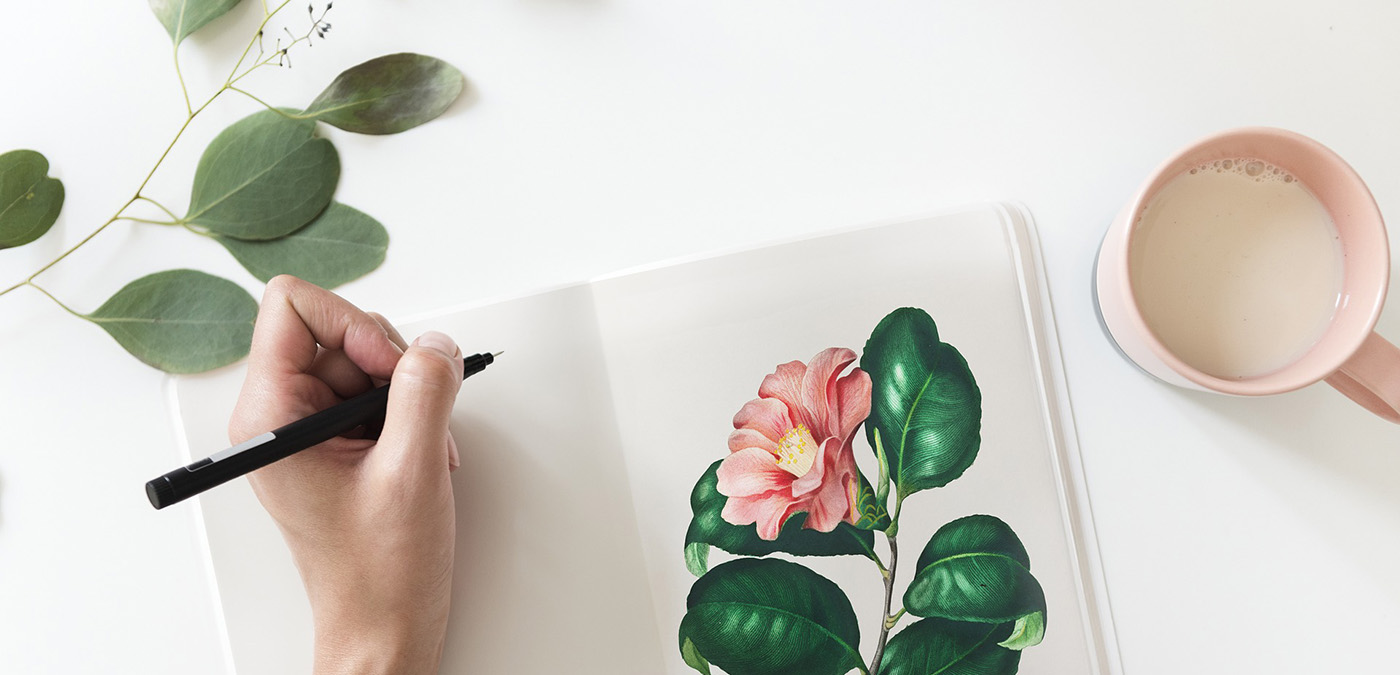
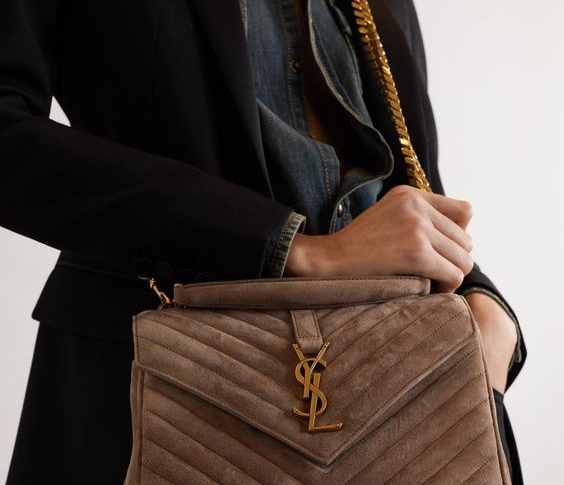
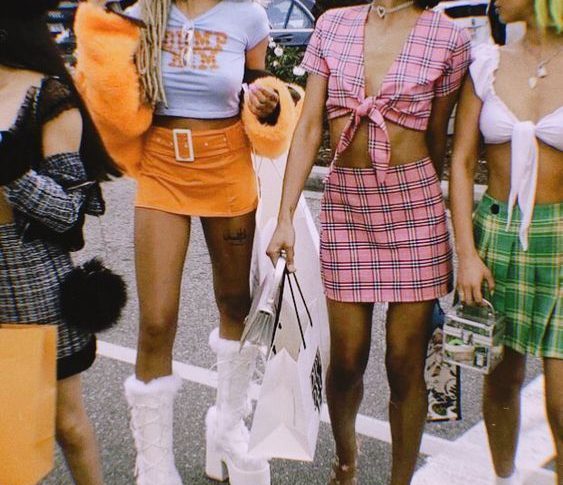

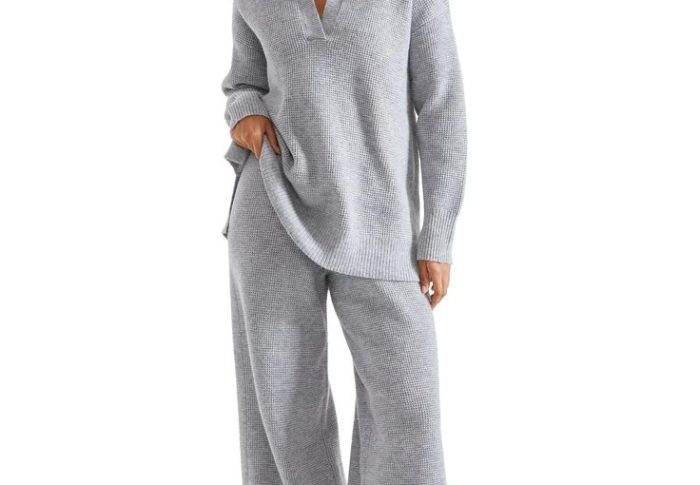
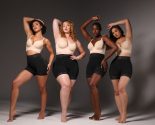
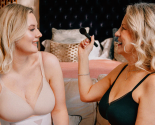
-
-
1 year
Tagged Bohemian Pail, Stylish Handbag, Sustainable Partner